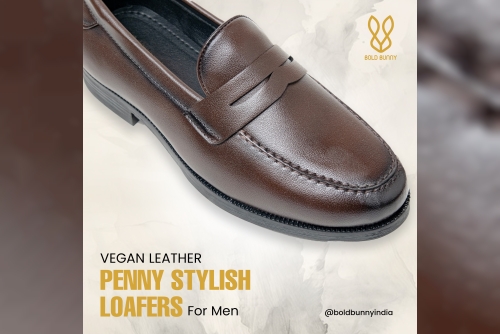There are numerous types and grades of stainless steel from which to pick. The most widely used varieties are 904L and Duplex stainless steel. Knowing the distinctions between each type of steel is essential when determining which one to utilise for your project because each has unique benefits and drawbacks.
Stainless Steel 904l
The austenitic stainless steel 904L has a high alloy content and little carbon. Due to its low carbon content, it has great weldability and offers strong corrosion resistance in both industrial and natural environments. Additionally, it has outstanding toughness, tensile strength, and fatigue strength. Due to its superior corrosion resistance compared to other austenitic steels, 904L stainless steel is a great option for applications where prolonged exposure to corrosive substances is anticipated. The drawbacks include its vulnerability to stress corrosion cracking at temperatures above 70°C (158°F).
Duplex Stainless Steel
The mechanical qualities of duplex stainless steel, which combines ferritic and austenitic steels, are superior to those of either type alone. In chloride-containing settings, it exhibits exceptional resistance to stress corrosion cracking (SCC) and offers superior weldability thanks to its lower carbon content than 904L. It can be utilised for a wide range of components that need exceptional strength and corrosion resistance in harsh conditions, such as pressure vessels, piping systems, heat exchangers, tanks, valves, pumps, flanges, and fittings. Due to its two-phase microstructure, duplex stainless steel has the main drawback of requiring more intricate production procedures than other forms of steel.
Composition & Corrosion Resistance
The composition of the two types of stainless steel 904L and duplex Steel —is the primary distinction. Chromium, nickel, and molybdenum are present in greater quantities in 904L than in duplex stainless steel. As a result, it has exceptional corrosion resistance and is the best choice for applications where this property is crucial. It also raises the price over duplex stainless steel, therefore it isn't always the ideal option for applications with limited funding.
Strength & Durability
Both 904L and duplex stainless steels perform admirably in terms of strength and toughness. But when put head to head, duplex stainless steel typically triumphs because it has a higher yield strength than 904L. This indicates that it can withstand more pressure before deforming or breaking. Having said that, each type of material provides excellent strength and durability on its own.
Weldability & Fabrication
There are also some significant distinctions between these two metals when it comes to welding and production. Due to its low carbon content, duplex stainless steel is less likely to crack or deform during welding processes, making it easier to weld than 904L. Because of its lower hardness levels than 904L, it also offers greater formability qualities. As opposed to duplex stainless steel, 904L has a higher thermal conductivity level, making it more appropriate for use in heat-transfer-critical applications like boilers and heat exchangers.











